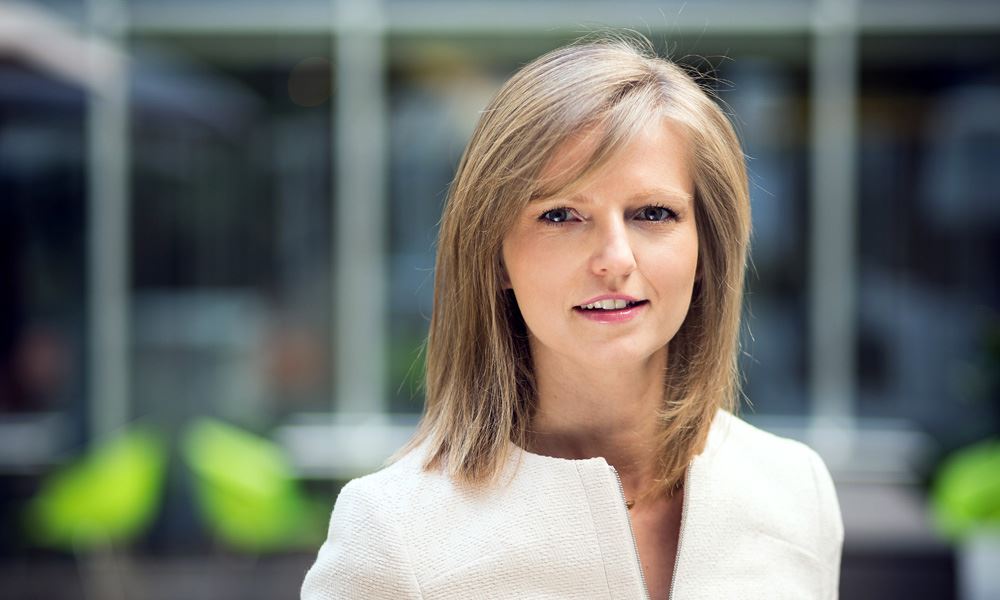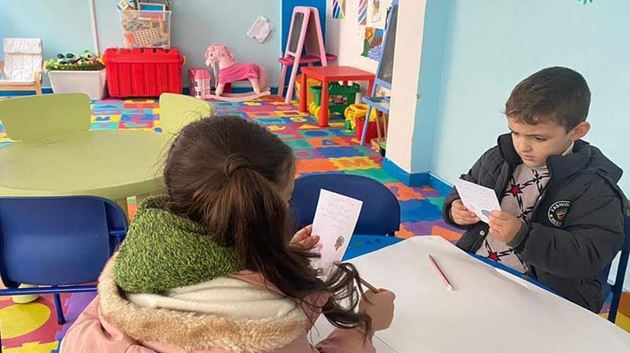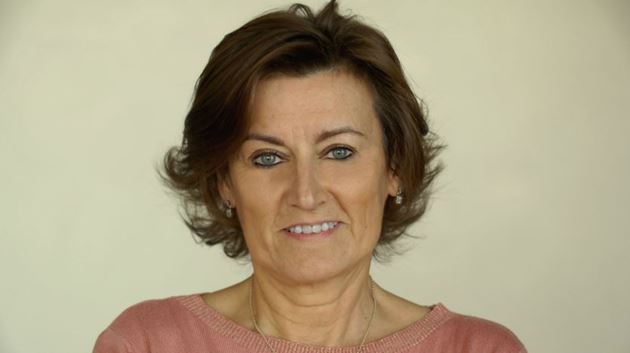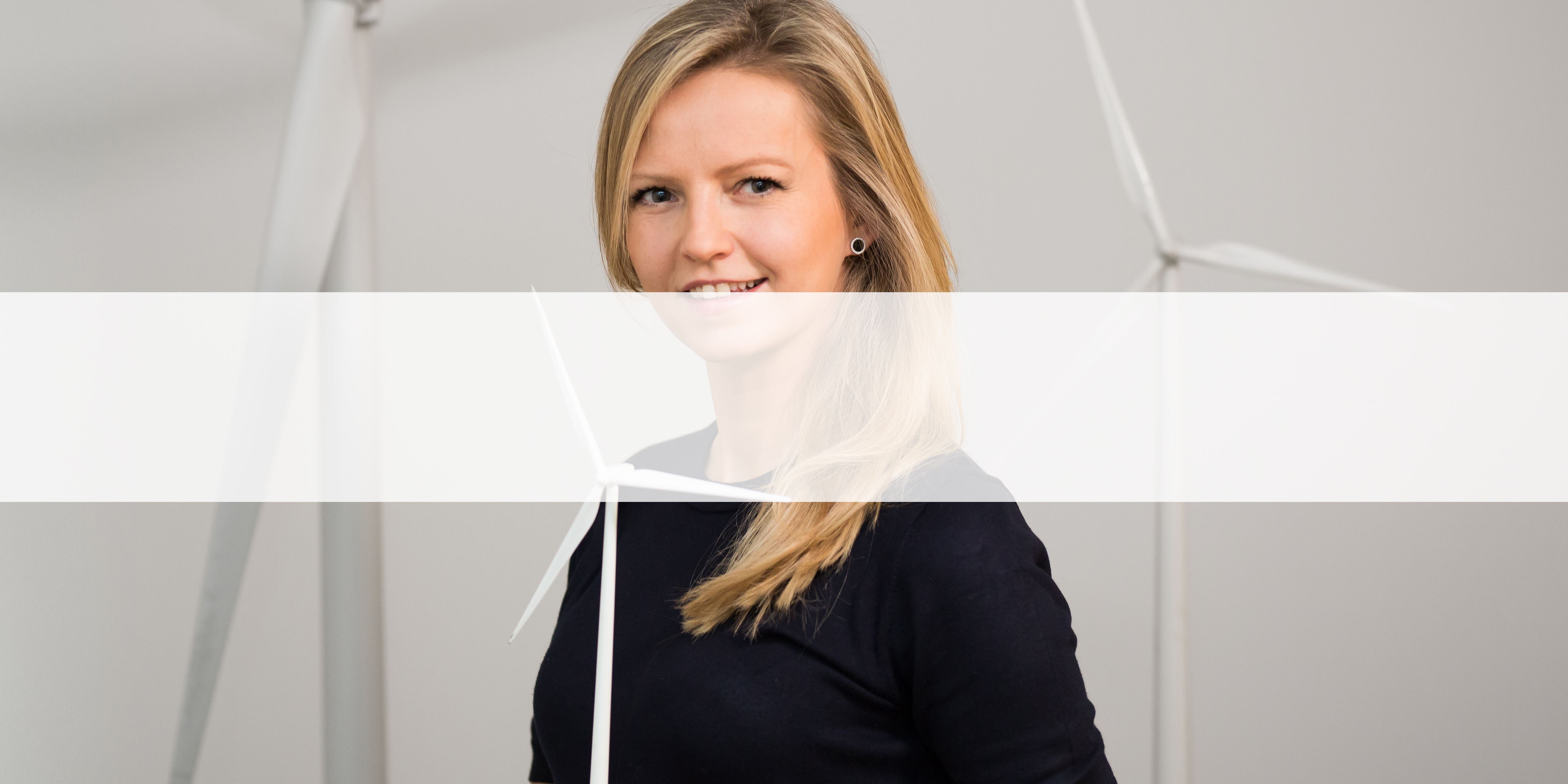
"Europe can lead a new industrial and social strategy for a just transition"
Madrid / 12 March 2020
MalgosiaBartosik, Deputy CEO of WindEurope, discusses with Siemens Gamesa the way forward for the wind industry and its importance in climate change. With an enviable professional career and a great deal of experience, she analyses the strategies that the European Commission has to take on how to help the industry become even more sustainable. The sustainability of the planet is everyone's responsibility, and that is why Bartosik is committed to the cooperation of the most important actors.
You are a woman with an impressive career - you were announced as one of wind’s 100 most influential women in A World about Wind 2017 report and then one of Recharge’s 40 under 40 for your contributions to driving WindEurope’s successful operations, among other things. What was your career like before you became WindEurope's Deputy CEO.
I joined WindEurope in 2004 as an intern. I was 25, just finished a 6-month contract at the European Commission, I had fallen in love with Brussels, and I was looking for something to keep me in Belgium a bit longer. Before that, I worked for the Polish Institute of Culture and I’ve always thought that my life’s goal was to organize and promote cultural activities. Some of the conference delegates might even remember the times when every opening session would have a “cultural” element. We would hire wind dancers, musicians and other types of artists to make a remarkable performance. This was my way to justify why I was doing energy when my life was supposed to be about art! Thanks to the people I was working with, I got passionate about wind not long after. 16 years later, WindEurope is still the place I come to with a big smile on my face and many ideas in my head on what we should be working on.
To start on a more positive note, the awareness of climate change and its impact on people and the planet has increased over the past decade, especially among younger generations. There’s more pressure now, than ever before, on governments to act.
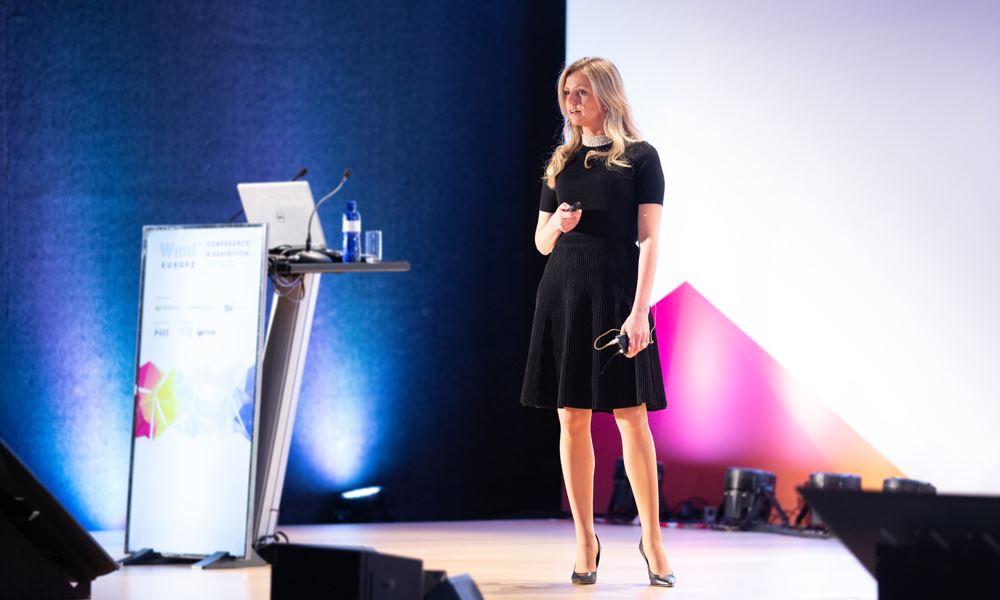
And we’re making good progress: the Green Deal, Climate Law… etc., but CO2 does not have a passport and hence, we need everybody everywhere on board. We need strong commitments and even better cooperation between all stakeholders – politicians, civil society, NGOs, the industry, etc.
I also see a big role for corporations like Google, Facebook, Amazon and IKEA… Not only can they help the planet by sourcing their energy from renewables, but they can also be the drivers of change among their millions of customers. We are currently setting up a Strategic Communication Working Group with them as some of the most successful of today’s communicators. We want to learn from them and see how we can work together on enhancing the climate’s communication activities and social engagement.
The transition must be communicated in a way that everyone understands it. It must be fair and inclusive for people to support it. When we make an effort to understand people’s fears, often coming from a lack of information, it’s easier to address them. Community engagement is especially important for our industry. We must make the local community an integral part of our project’s development,and make these projects in a way that they are win-win-win, for the community, for the developer and for our climate.
At the beginning of the year, the European Commission presented the financial strategy to develop the new Green Deal. Do you think it is enough or do we need additional mechanisms?
The Sustainable Europe Investment Plan is bigger and better organized than the previous European investment initiatives. This is excellent news for Europe, the climate and for wind energy. The Commission has set out a plan that can deliver on the energy transition challenge with the masterful blending of the financial sources it offers.
We also look forward to an easy-to-use Just Transition Mechanism that unlocks investments into projects quickly where they’re most needed. This will be key to ensure a fair and jobs-rich transition for all Europeans.
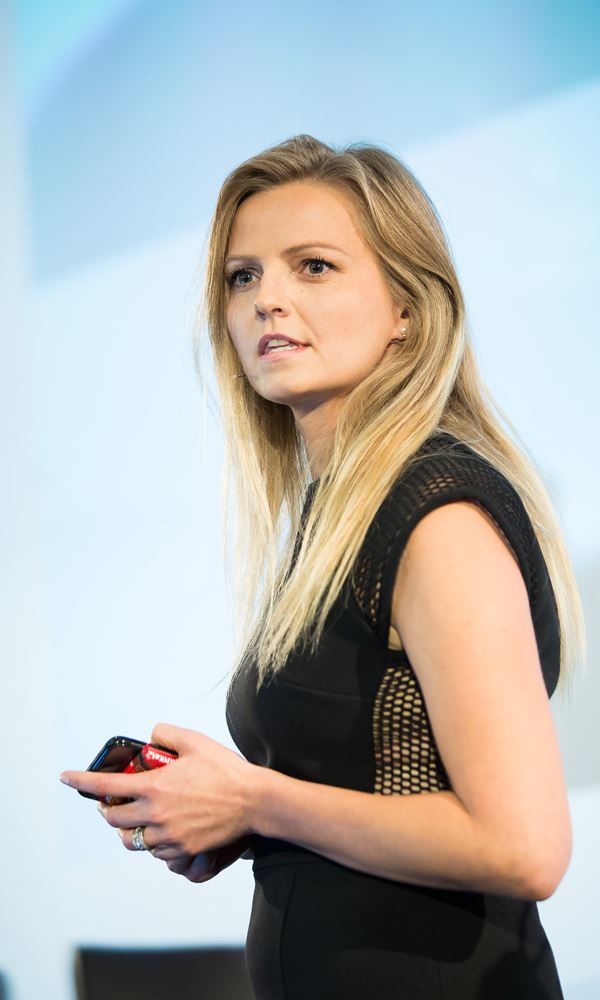
In your opinion, what technological trends will shape the European wind sector in the coming years?
Electrification: electricity is only 25% of all the energy we consume in Europe. The rest - transportation, heating and cooling - is powered by non-renewable energy sources. In order to meet the Paris Agreement’s objectives, we need to increase the share of electricity in the energy mix to more than 60% by 2050, and make sure most of this electricity comes from renewables. We need new technological developments here to make it successful.
System integration: we need further fair, transparent and sustainable grid development to enable the growth of renewables and to achieve full decarbonisation.
PPAs: more businesses buying electricity directly from wind farms will help transform the energy system into one that is more led by demand than by supply, delivering cheap electricity to heavy industry and other sectors that need it.
Most of the European wind farms are reaching the end of their useful life. What is needed for the repowering of older sites to be a viable solution in Europe?
Regulations and policies that make repowering possible, e.g. this should be outlined in the National Energy and Climate Plans currently being submitted by the national governments to the European Commission. Additionally, the permitting issue needs to be addressed. In some countries, it is now not possible to repower wind farms because the legislation on permitting has become more complex and less favorable.
We also need to work on recycling. Wind turbines already have a recyclability rate of 85% to 90%. Making turbines 100% recyclable is an important task for the wind industry, and we are making significant progress in the right direction. Most components of a wind turbine – the foundation, tower, components of the gear box and generator – are recyclable and are treated as such.
The turbine blades represent a specific challenge. They are made of composite materials that boost the performance, but are not yet fully recyclable. Today 2.5 million tonnes of composite material are in use in the wind sector globally.
The wind industry produces far less composite waste than other industries, including construction, electronics, transportation and maritime. It does this, while also generating clean energy. Further development and industrialization of alternative technologies like solvolysis and pyrolysis will provide the wind industry with additional solutions for turbine blades that have reached the end of their life, and will enable the industry to deliver zero-waste turbines.
The industry has already teamed up with the chemical and composites industries to find effective ways to do this. WindEurope, the European Chemical Industry Council (Cefic) and the European Composites Industry Association (EUCIA) have created a cross-sector platform to advance novel approaches to the recycling of wind turbine blades. Later this year, WindEurope will host the second edition of EOLIS, the End-of-Life Issues and Strategies Conference.
In conclusion, what role should Europe play in promoting a green future?
Europe should be leading. Europe must show that not only is it possible to have ambition and reach net zero emissions, but that it’s also possible to be the motor of a new industrial and social strategy, boosting European industries and making the transition just and fair all Europeans.
